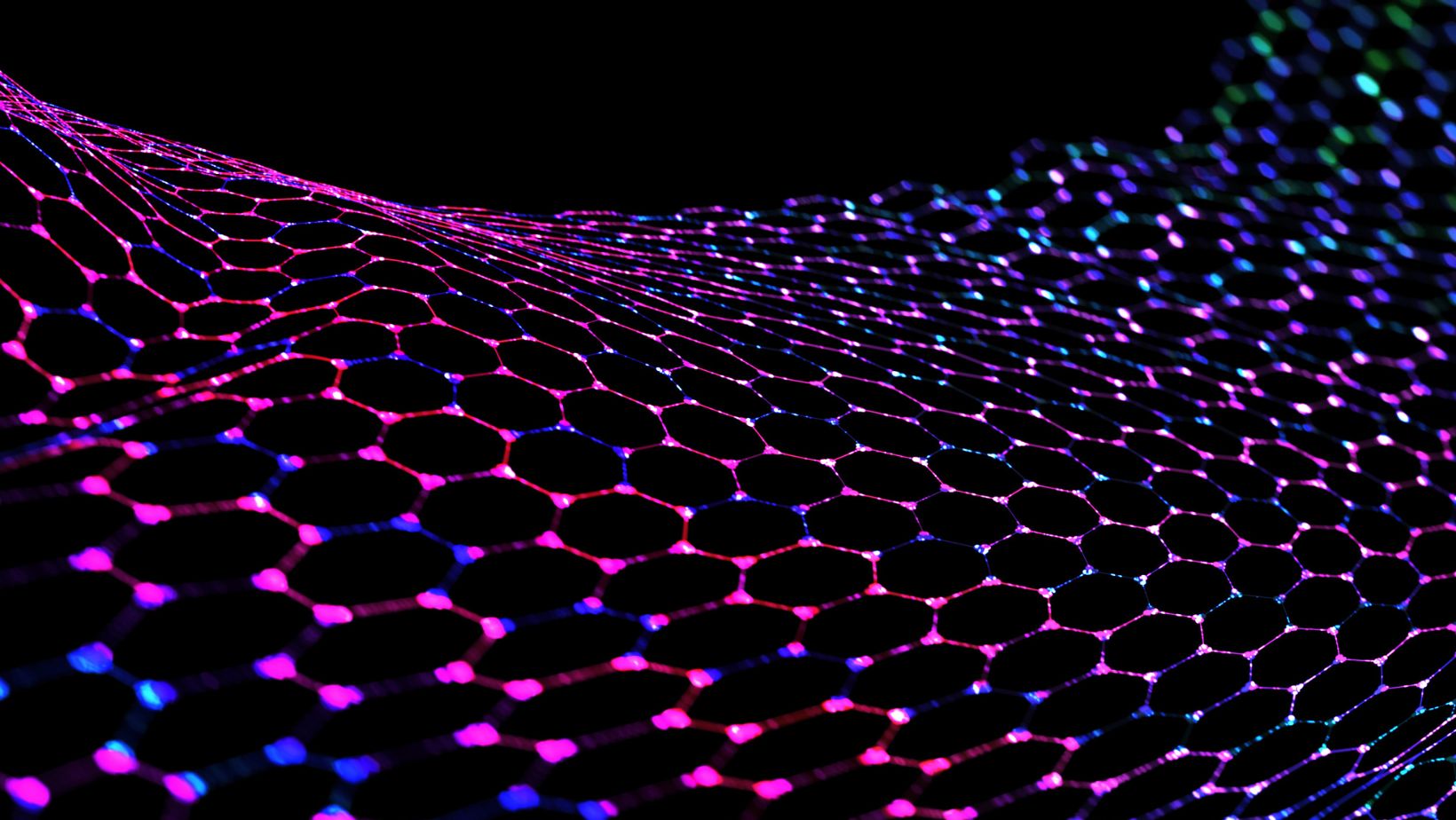New strategy aims to promote investment and accelerate the market launch of modern materials.
High-tech material in demand: graphene and its potential use in areas such as batteries, quantum computers, medical technology, the military, and space technology are currently the subject of intensive research. One of the thinnest materials in the world, graphene, consists of a single layer of carbon atoms. It is characterized by transparency, outstanding conductivity, flexibility, and tear resistance, among other things. Researchers are forecasting significant annual growth rates between 20 and 50 percent for the global graphene market. Now, the EU Commission has presented a strategy to take on an industrial leadership role in advanced materials.
The objectives include better coordination of research and investment in the member states. The market launch of innovative materials is to be accelerated through artificial intelligence (AI), among other things, and the training of specialists is also planned. As part of a new partnership with industry, investments of 500 million euros are scheduled from 2025 to 2027, with at least 250 million coming from private sources, according to the EU.
Graphene Has Been Receiving Funding in the EU for Over a Decade
The strategy now presented is not the first EU measure to promote the development of modern materials. For example, the Graphene Flagship Initiative has been bringing together 118 academic and industrial partners in numerous projects for over ten years.
The Commission writes that Europe has a strong position in developing these so-called 2D materials, but continuous innovation is needed to ensure technological sovereignty and strategic autonomy. Dependencies should be reduced through recycling and reuse, among other things.
This pattern is also evident in many other technologies, such as permanent magnets, batteries, or fuel cells: the EU’s strengths often lie in the early stages of development, such as patents and research, while commercialization and financing in later market phases are lacking. In addition, many of the required raw materials and components are highly dependent on imports.
Photo: iStock/Marco_de_Benidictis


